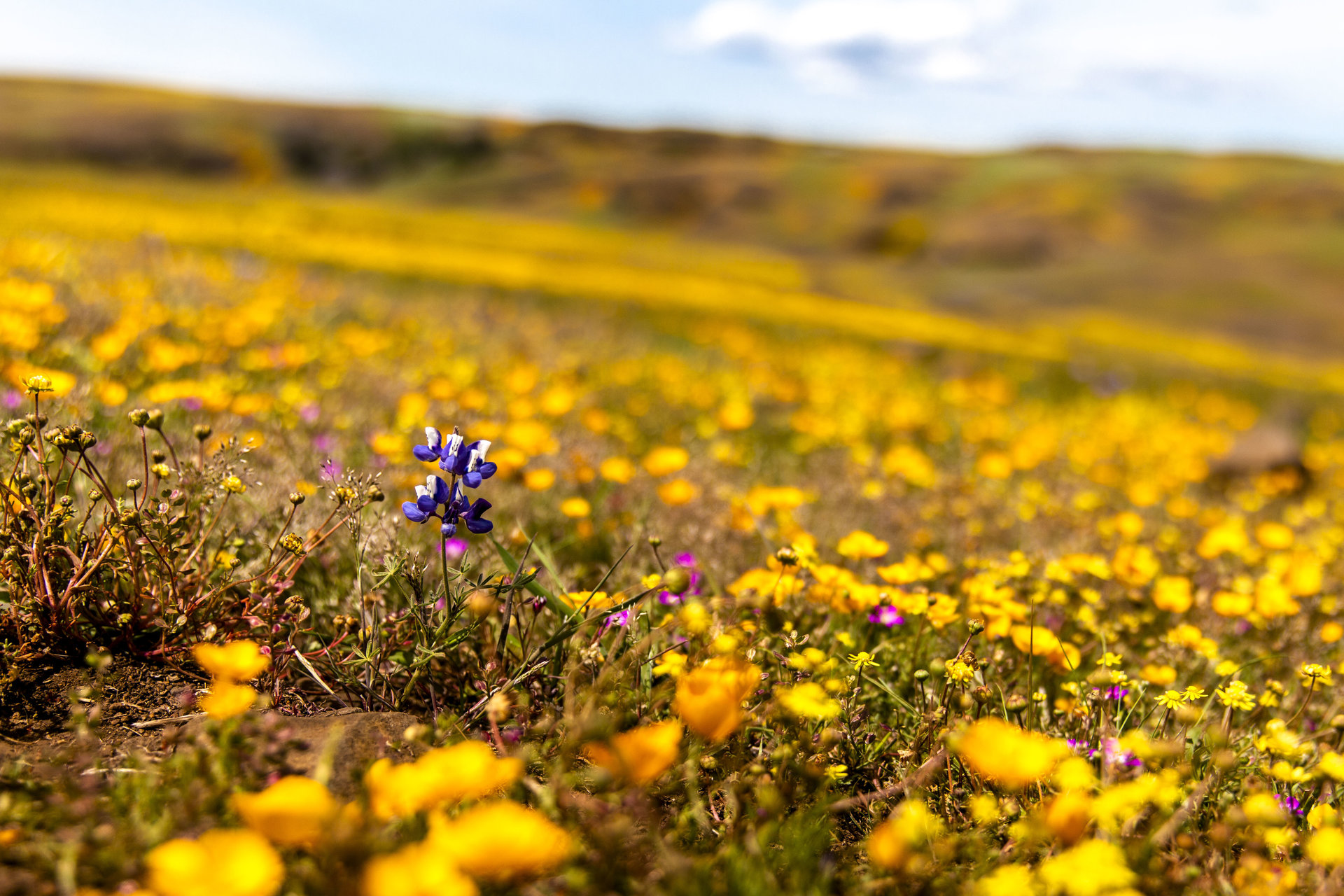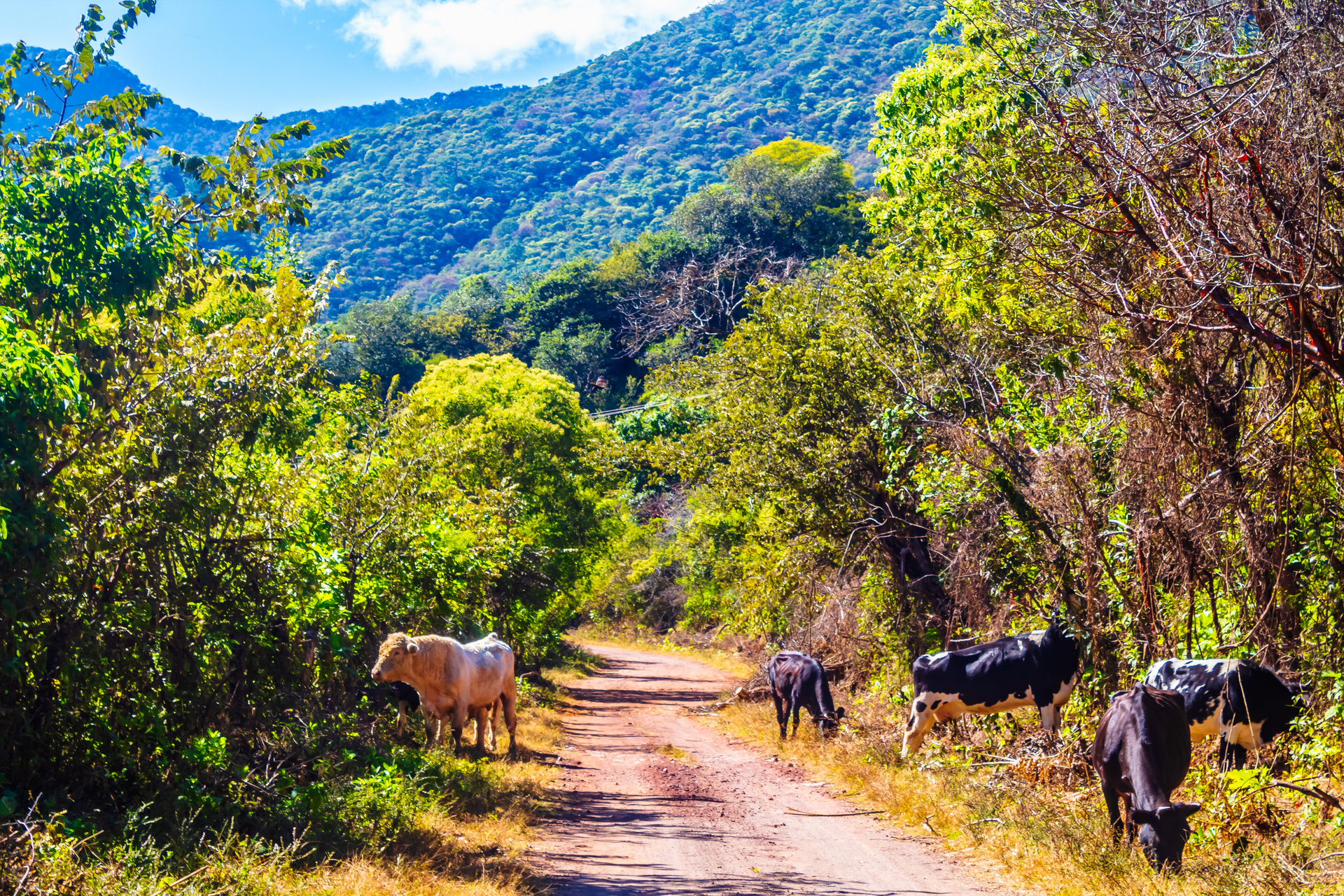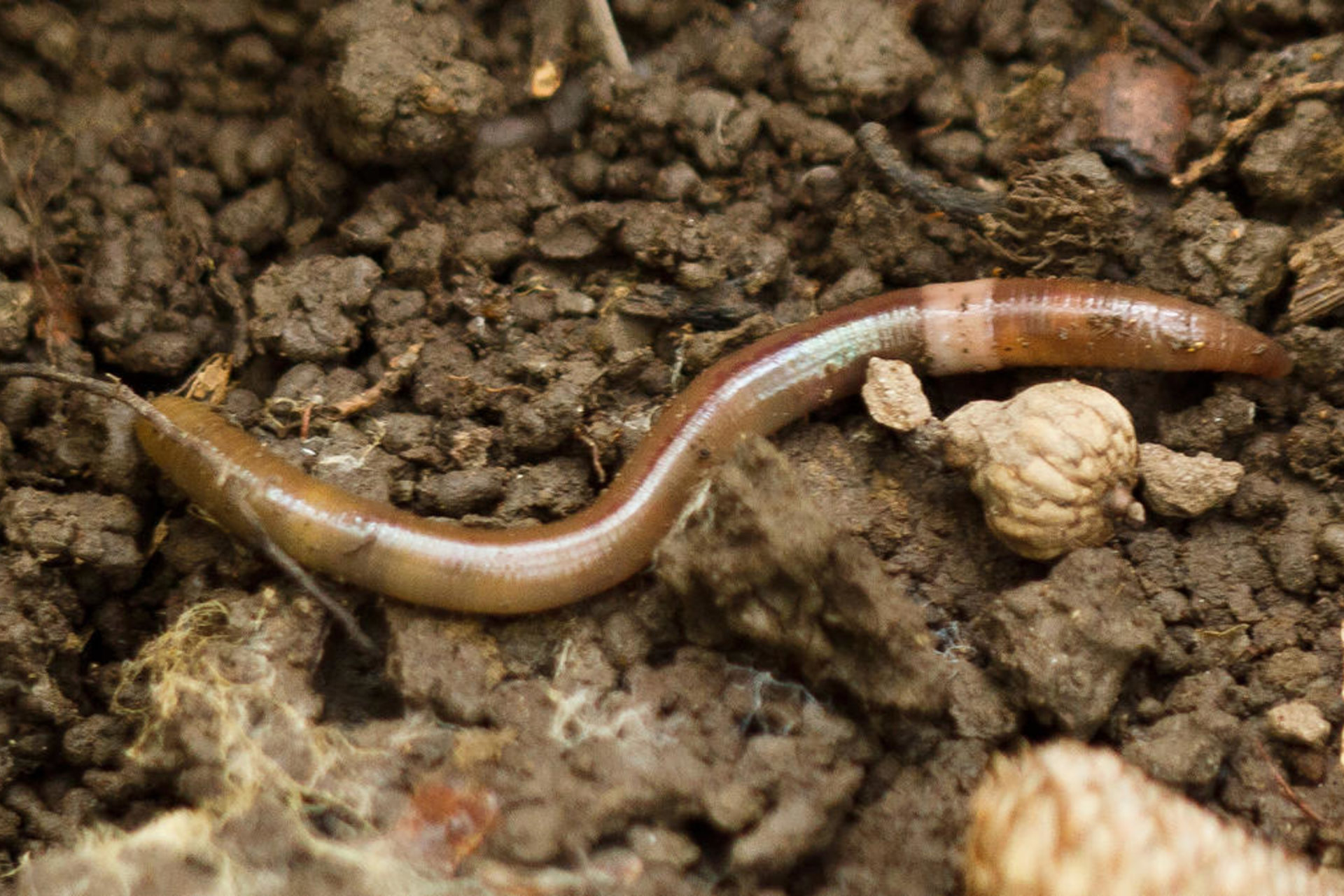Biodiversity
-
With support from a Stanford Doerr School of Sustainability Accelerator seed grant, an interdisciplinary team has developed a groundbreaking optical sensor that measures DNA and other key molecules in seawater using light, potentially revolutionizing the study of biodiversity in the enigmatic depths below the ocean’s surface.
-
A new report looks back at the most impactful environment and sustainability research from Stanford scholars in 2023.
-
New research shows the diversity of plant and animal life in 14 tropical reserves in Mesoamerica has plummeted since 1990 as roads and cattle ranches have expanded into protected areas. Large mammals, birds, and reptiles are disappearing, while disease-carrying insects and rodents are on the rise.
-
Analysis reveals imported earthworm species have colonized large swaths of North America, and represent a largely overlooked threat to native ecosystems. The researchers warn of the need to better understand and manage the invaders in our midst.
-
A recent workshop made progress toward centralized tracking of how ecosystem protection and restoration are linked with climate and socio-economic progress in Belize.
-
A new white paper from Planet, Microsoft, the Natural Capital Project, and the Gund Institute shares approaches for companies to meet environmental reporting requirements.
-
One of the most powerful legal forces for protecting and conserving threatened species is 50 years old, and may be in need of an update. Explore Stanford research and insights related to endangered species and the Endangered Species Act.
-
New research from Stanford suggests climate change will disrupt many age-old partnerships between aspen trees and fungi that are essential to healthy forests.
-
Research shows that slowing biodiversity loss will require more knowledge of sex-specific responses to climate hazards like heat waves and extreme temperature fluctuations.
-
A new technique for measuring past topography shows the Himalayas were more than halfway to their summit before a continental collision made them the highest range in the world.
-
Researchers have analyzed the shifting patterns of entire dune fields on Earth and Mars, as seen from orbit, and found they are a direct signature of recent environmental change. This new tool can be applied anywhere with dunes, such as Mars, Titan, and Venus.
-
Hundreds of students participated in the Stanford Geological Survey, a century-long program that brought undergraduates to the field for extended periods to survey and map the geology of parts of California, Nevada, and Utah. (Source: Stanford News)
-
At 12 points around the globe – including one at Stanford – scientists are working to detect when the Anthropocene began. (Source: Stanford Magazine)
-
A new method for estimating cliff loss over thousands of years in Del Mar, California, may help reveal some of the long-term drivers of coastal cliff loss in the state. (Source: Stanford News)
-
Scientists studied a unique group of Antarctic minke whales and found that these gigantic mammals actually represent the smallest possible body size required for their style of feeding. (Source: Stanford News)
-
New findings about how sand deposits form in the deep sea during different climate eras reveal mysterious processes miles beneath the ocean’s surface, and could help future-proof offshore operations like wind farms as the Earth warms and water rises.
-
Our health and economic stability depend on biodiversity, but our governing policies often fail to address it coherently. An analysis of the world’s second most biodiverse country, Colombia, highlights how policies that span sectors and actors can fit together to govern biodiversity more effectively. (Source: Stanford News)
-
A new study of tropical reef building corals shows these very long-lived animals are constantly changing and testing their genes – and some of these changes make it into the next generation. In this way a centuries-old coral might be a cauldron of genetic innovation, and it might help prepare them for climate change. (Source: Hopkins Marine Station)
-
The technique helps us understand ice sheets right here on Earth -- and whether there could be life far, far beyond. (Source: Stanford Engineering)
-
Across Antarctica, some parts of the base of the ice sheet are frozen, while others are thawed. Scientists show that if some currently frozen areas were also to thaw, it could increase ice loss from glaciers that are not currently major sea-level contributors.
-
New research reveals that, rather than being influenced only by environmental conditions, deep subsurface microbial communities can transform because of geological movements. The findings advance our understanding of subsurface microorganisms, which comprise up to half of all living material on the planet.
-
Researchers discover that a spot of molecular glue and a timely twist help a bacterial enzyme convert carbon dioxide into carbon compounds 20 times faster than plant enzymes do during photosynthesis. The results stand to accelerate progress toward converting carbon dioxide into a variety of products. (Source: SLAC)
-
Researchers mimicked these extreme impacts in the lab and discovered new details about how they transform minerals in Earth’s crust. (Source: SLAC National Accelerator Laboratory)
-
Stanford whale biologist Jeremy Goldbogen discusses recent documentation of orcas teaming up to take down an adult blue whale – “arguably one of the most dramatic and intense predator-prey interactions on the planet.” (Source: Stanford News)
























